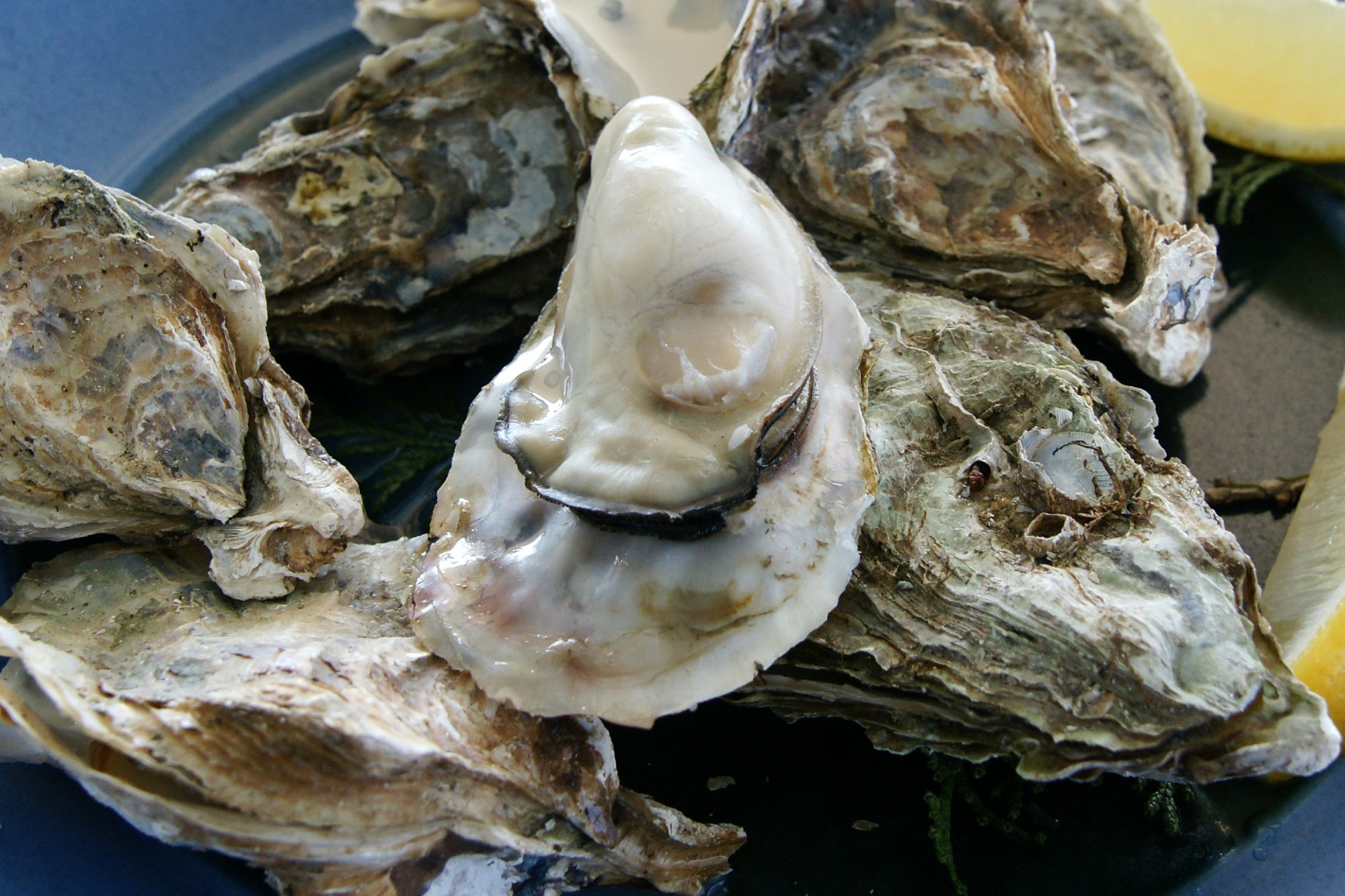This is a tough one. If I were to be objective about every restaurant meal that I have eaten, I could find something wrong with every joint in the world. From unspeakably dirty bathrooms to rancid butter or short-and-curlies in the soup to slightly overdone steak to fois gras with just a bit too much tartness in the fruit sauce — we all could find something wrong with every meal. But the enjoyment of eating at a restaurant shouldn’t be based solely on the quality of the food or the physical plant. I have many happy memories of great times at restaurants, and some of those memories have absolutely nothing to do with the food. In fact, I am sure I can pick through the cobwebs of my mind and find a few meals about which I can’t remember a single thing that I ate or drank, but I still remember them as grand times.
Of course, there must be another side to this equation. One such example was a meal that I had at The Water Club, but it was Christmas Day, so the restaurant gets a pass on that particular abomination of a dining experience. Still, just imagine a request for a serving spoon for a bowl of whipped potatoes (the meal was semi family-style) ending with the waiter walking past the table and tossing a spoon into the bowl. The spoon disappeared into the potatoes but not before splashing a few of us with some admittedly excellent spuds. And that wasn’t the worst of it. By far, the most horrific part of the evening was the irritating fact that when the food finally came, it was pretty good!
The winner of my unofficial and very personal “Absolute Worst of The Worst” contest has satisfied some stringent requirements. Obviously, the restaurant must be a serious place. I have had plenty of awful meals at diners and greasy spoons and pizza joints, but they are disqualified from the competition because of the unseriousness of the food and the trivial shock to one’s wallet when the meals are less than satisfactory. To be considered for this award, the restaurant must provide some expectation of an excellent meal, excellent service and decor that is a cut above Burger King.
I don’t know how to insert a drum roll, so you will have to imagine it. And the winner is… Chez Panisse Cafe. I love taking shots at Alice Waters just as much as the next guy. I think she is a pompous airhead who has never had a rational thought. Her pontificating about “sustainable agriculture” and “cook the season” and the rest of her Berkeley blather does nothing for the state of food in America. It is easy to cook with perfect, organic, new age, zero-footprint ingredients when you are wealthy, well-connected and have producers falling over themselves to be touted by this aging hippie. It’s another thing entirely when you actually have to work for a living and can’t afford $30 lamb and $5 tomatoes.
But in addition to being a self-important, affected jerk, she can’t run a restaurant. Or, at the very least, she doesn’t know what consistency means. The reviews of her restaurants are always positive, so obviously she is doing something right. But I have been to both the restaurant and the less formal and less expensive cafe a few times, and the meals ranged from abysmal to excellent (end rant).
The perfectly awful evening began with the waiter being snidely critical of our gall. We had the nerve to bring a child to dinner! The child in question was my perfectly behaved nephew, whose manners were infinitely better than those of the the waiter. But he got back at us by spilling a large glass of water onto the table and then didn’t clean it up for a very long time. I won’t bore you with all of the details, but some of the highlights included the following: We had to ask three times for the wine we had ordered; the pizza tasted like someone had spilled cleaning fluid on it; my nephew’s meal was cold; my meal was cold; and my sister’s meal was cold. I tried to attract the attention of the waiters using the usual technique of eye contact. That didn’t work, and neither did the more aggressive method of waving my arm in the air. They would look over and then turn away. Oh, it took 20 minutes to get the check.
Actually, this was a great meal. I love remembering the evening, because at some point, it became a farce, and we were amused, rather than angry or irritated. Had it been a conventionally good meal, I would have forgotten it almost immediately. So, thank you Alice Waters for a great time and some great memories.

